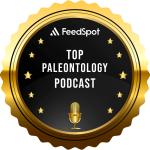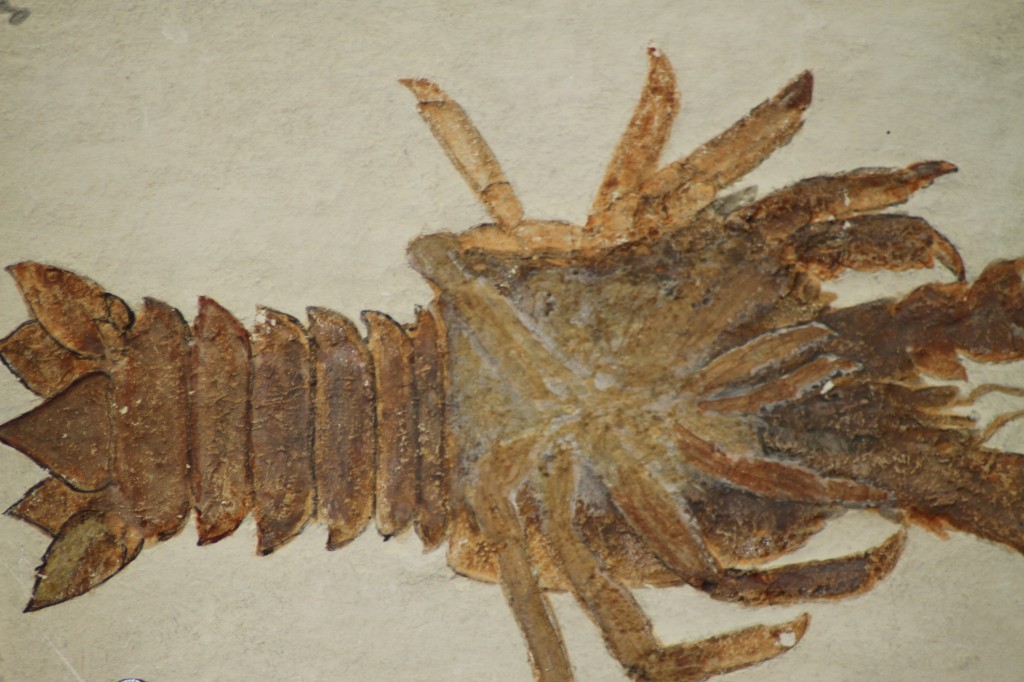Browsing the "Mesozoic" Category
The Mesozoic era, meaning “middle life”, is a division of earth’s history spanning from around 252 to 66 million years ago. It is subdivided into the Triassic, Jurassic and Cretaceous periods. The beginning of the Mesozoic is characterised by a long phase of recovery following the end Permian mass extinction. The end of the Mesozoic is marked by the Cretaceous/Paleogene extinction event which wiped out the dinosaurs among other groups.
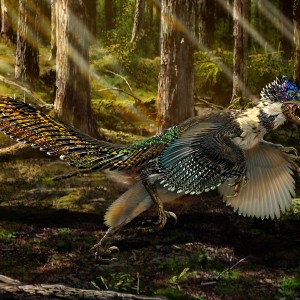
Published on July 16th, 2015 | by Liz Martin-Silverstone
Another new feathered dinosaur has been described today from the Early Cretaceous of China. Zhenyuanlong joins the ever expanding list of feathered theropods from this region, and has implications for the evolution of wings in dinosaurs. We [&hellip... Read More →
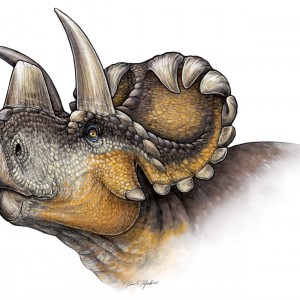
Published on July 8th, 2015 | by Liz Martin-Silverstone
Today, a new ceratopsian was named, Wendiceratops pinhornensis. While known to the public for sometime, it has now been officially named and described. It is an important find illuminating ceratopsian and centrosaurine evolution in North America. We spoke [&hellip... Read More →
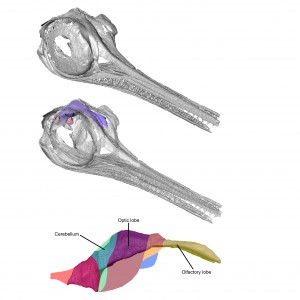
Published on June 12th, 2015 | by Liz Martin-Silverstone
A new study out today has produced the world’s first ichthyosaur endocast, which can tell us a lot more about how these ancient marine reptiles were adapted for life in the oceans. Ryan Marek from the [&hellip... Read More →

Published on April 1st, 2015 | by Liz Martin-Silverstone
Palaeontology is more than just going out into the field, digging up bones, and putting them back together. A good understanding of biology, geology, and even engineering can help to figure out how extinct animals lived [&hellip... Read More →
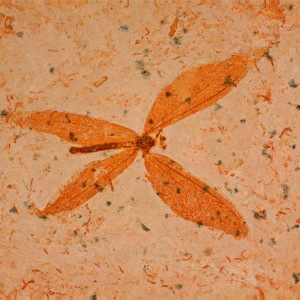
Published on March 1st, 2015 | by David Marshall
Insects are the most abundant and diverse group on animals on the planet today. Would they therefore also be expected to have the richest fossil record? When did they first evolve and how rapid was their [&hellip... Read More →
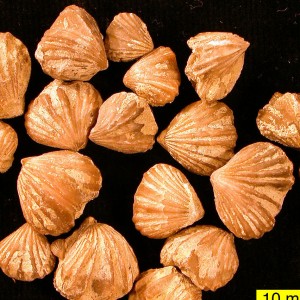
Published on February 1st, 2015 | by David Marshall
Brachiopods are some of the most common fossils to be found in rocks worldwide. Their thick, hard and (often) calcareous shells make them preferentially preserved in the fossil record. We probably all have found one, but [&hellip... Read More →
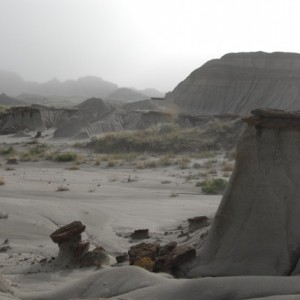
Published on January 1st, 2015 | by David Marshall
Alberta, Canada is one of the world’s richest areas for dinosaur fossils, and especially fossils from the Late Cretaceous. Iconic dinosaurs like T. rex, Triceratops, and Parasaurolophus, as well as numerous other dinosaurs and fossils can [&hellip... Read More →
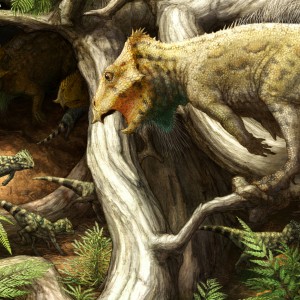
Published on December 10th, 2014 | by David Marshall
Ceratopsians are some of the most iconic dinosaurs that we recognise today including animals like Triceratops and Styracosaurus, with their big horns and frills. But is that what all ‘horned dinosaurs’ looked like? In fact, early [&hellip... Read More →
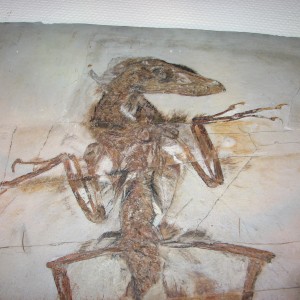
Published on December 1st, 2014 | by David Marshall
Theropods are what we would classically recognise as the meat-eating dinosaurs of the Mesozoic Era. They are best known from genera such as Tyrannosaurus and Velociraptor but the group is much more diverse and includies herbivores, beaked [&hellip... Read More →
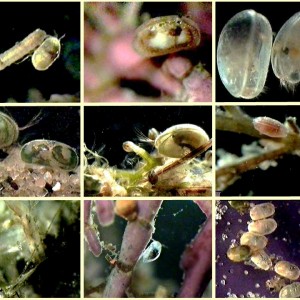
Published on October 16th, 2014 | by David Marshall
Ostracods are tiny crustaceans (relatives of shrimps, crabs and water-fleas), distinguished by having a shell that is easily fossilised. As microfossils, by virtue of a long and rich fossil record, ostracods are extremely useful for determining [&hellip... Read More →


















